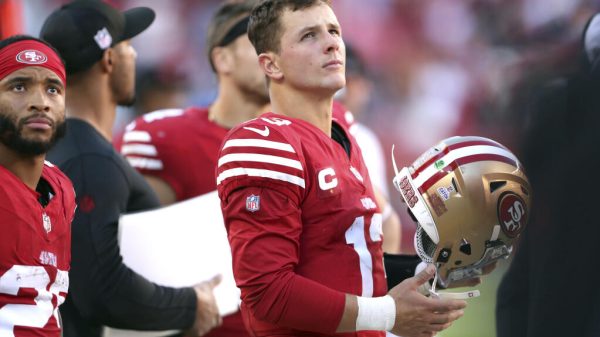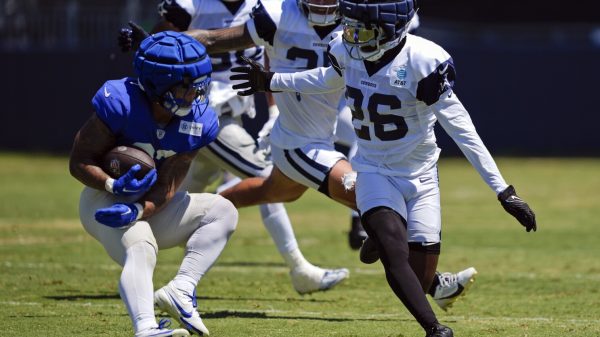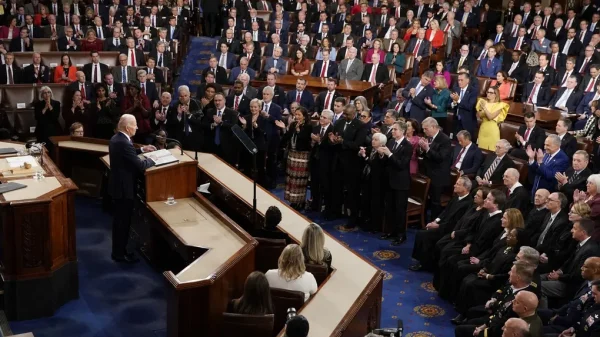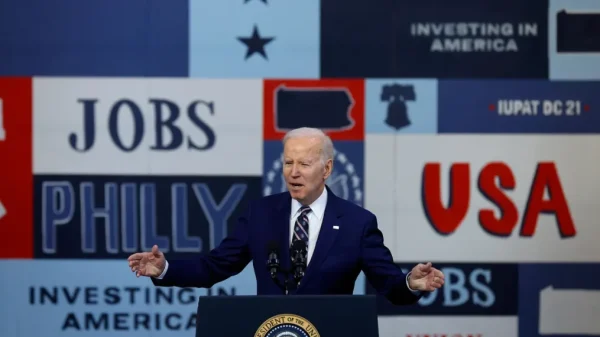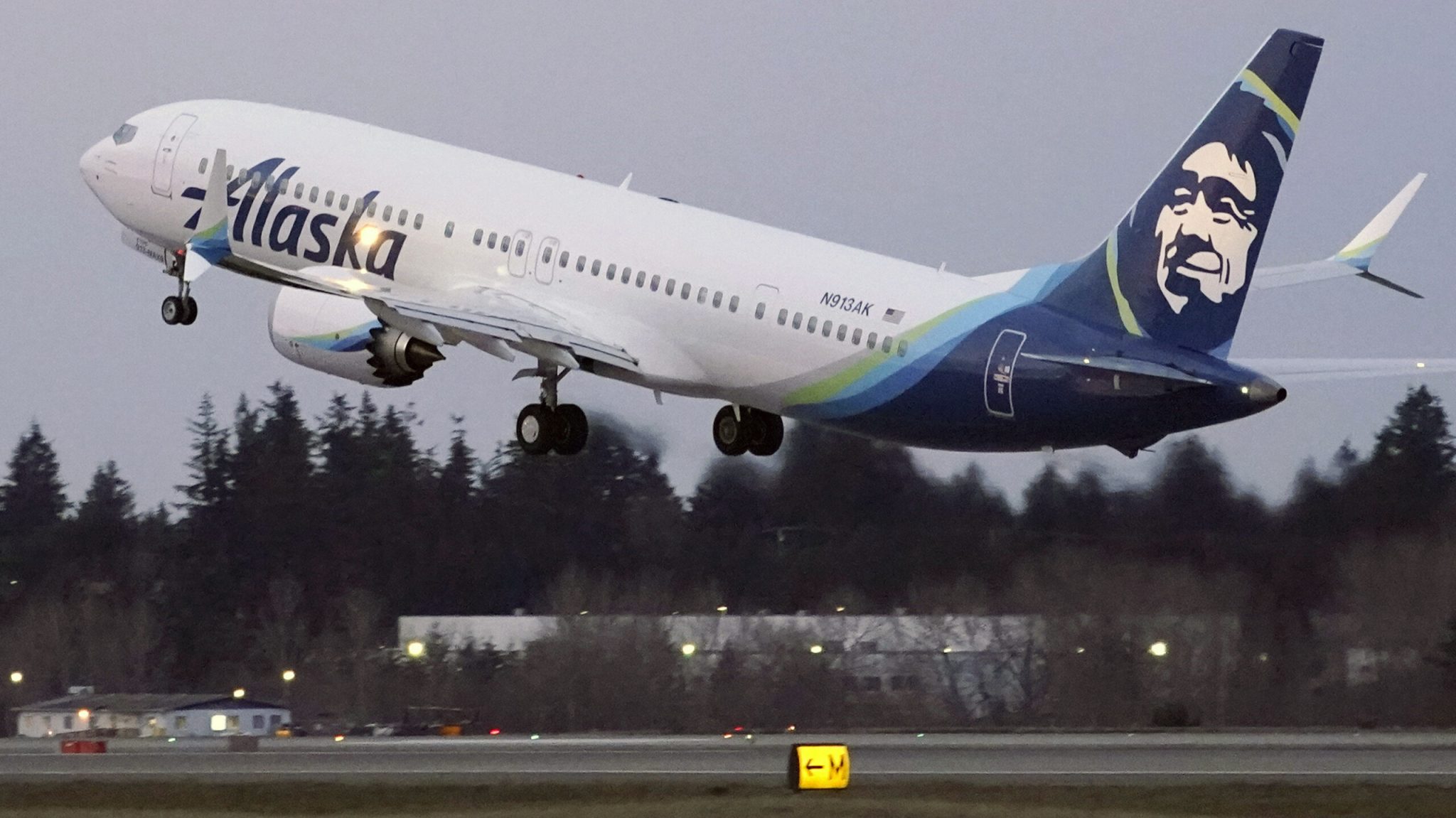During Boeing’s safety crisis, airlines are facing difficulties as they try to deal with problems while being stuck in a market where there are only two major airplane makers.
Despite being frustrated with Boeing’s delays in delivering planes and the issues with quality control highlighted by a cabin blowout during a flight on January 5th, airlines are limited in their options.
United Airlines’ CEO, Scott Kirby, showed worry by talking with Airbus after Boeing’s 737 MAX 9 fleet was grounded due to regulatory actions, and there were doubts about certifying the larger MAX 10 variant.
United, which had placed significant orders for MAX 10 jets, looked into Airbus’ A321neo as another choice. However, Airbus already has a full order list until 2030, causing difficulties.
American Airlines also expressed dissatisfaction with Boeing’s ongoing quality problems, but still went ahead with its first-ever order for MAX 10 jets.
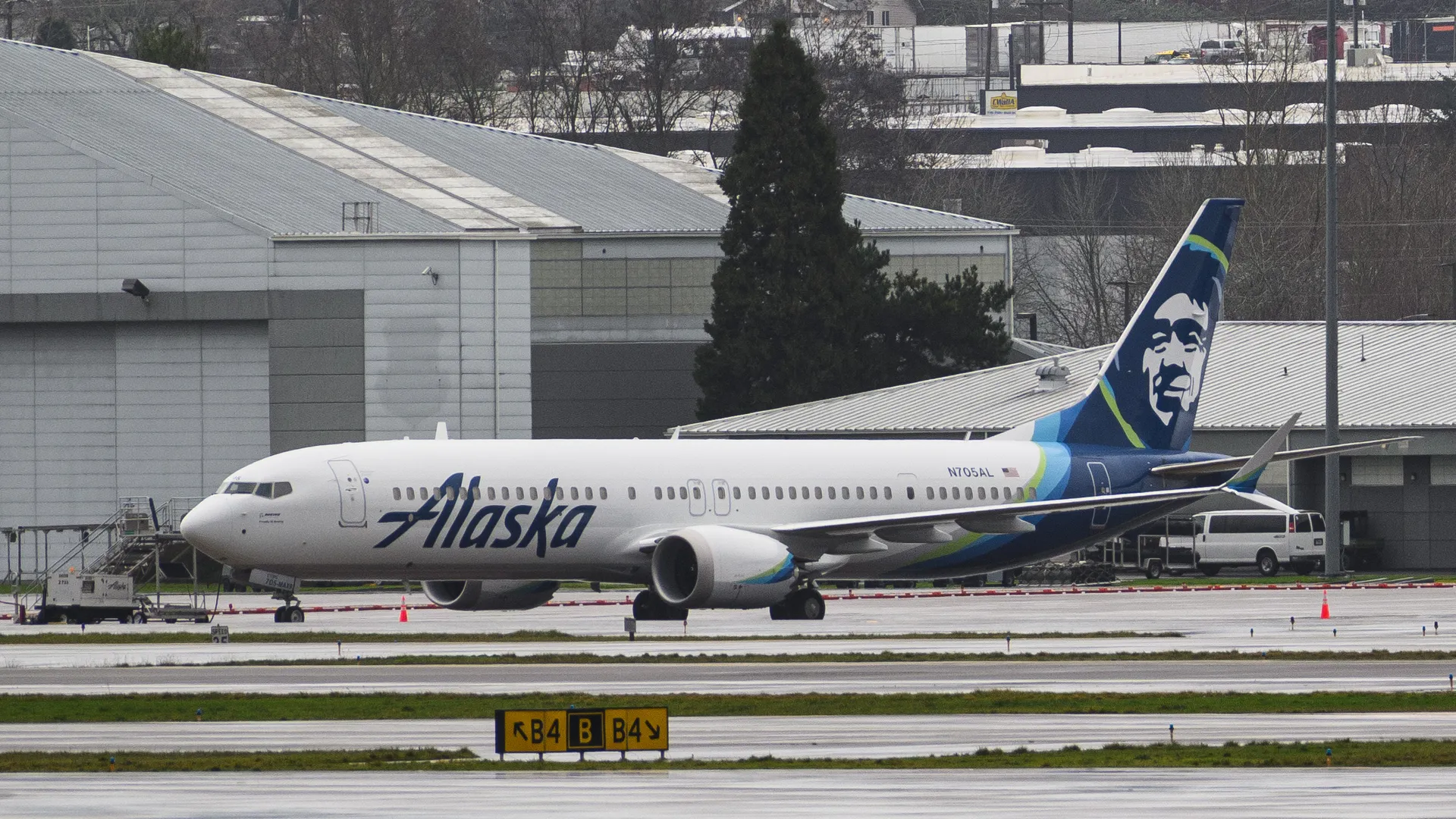
American Airlines (Via Kayley Jones/Shutterstock)
This decision gives them an alternative to Airbus A321 planes while they discuss converting orders to other MAX variants and getting financial compensation for delayed deliveries.
For airlines like Southwest, switching from Boeing presents big challenges, including spending a lot on maintenance, training, and technology. Even though Airbus tried to attract Southwest with options like the A220, the costs of running different types of fleets make it less appealing.
As airlines try to deal with Boeing’s problems, they want concessions and compensation, using delayed orders to get better deals.
However, the industry knows how important Boeing is for its stability and growth, showing how manufacturers and airlines depend on each other.
In the complicated world of buying airplanes, airlines must balance safety and quality concerns with practical issues like market trends and efficiency. With many uncertainties, collaboration between manufacturers and airlines is key to handling the challenges ahead.o






